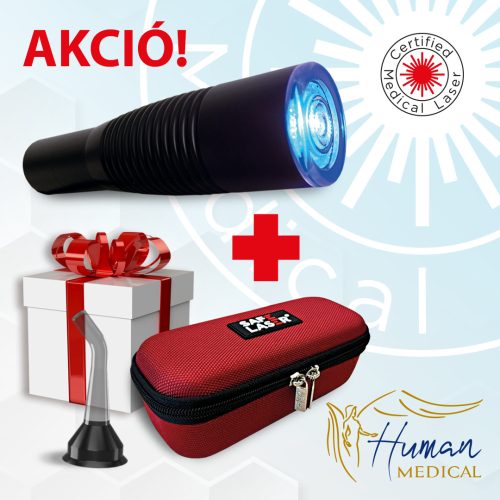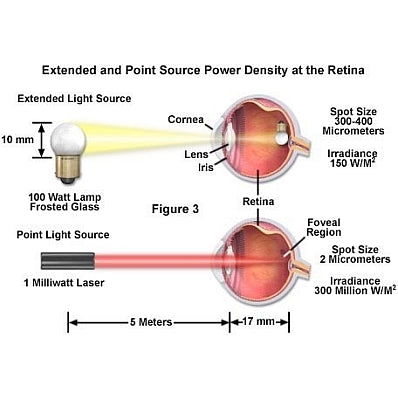Free Advice For Picking Safe Laser Therapy
Wiki Article
How Can Low-Level Safe Laser Therapy (Lllt) Aid In Treating Dental Problems?
Low-level laser therapy that is safe (LLLT) can help with various dental problems through several ways. Reduced Inflammation- LLLT is anti-inflammatory by reducing the release of pro-inflammatory cytokines and promoting the production of anti-inflammatory mediators. LLLT is effective in treating dental conditions such as periodontitis or gingivitis. It can reduce the inflammation of gums and improve gum health.
Promotion of Tissue Healing- LLLT stimulates cellular metabolism and proliferation and accelerates healing and regeneration of tissues. LLLT can be utilized in dental procedures including oral surgery and periodontal treatments to speed up healing of wounds and ease discomfort following surgery.
Relief from pain LLLT reduces pain by altering nerve conductivity and reducing pain mediators such as substance P. It also helps in reducing pain and sensitivity following dental procedures.
Disinfection LLLT has antimicrobial properties that can help reduce bacterial load within the mouth cavity. It is used as an adjunctive treatment in the treatment of oral infections like oral ulcers and peri-implantitis through promoting the clearance of bacterial infections and preventing the further spreading of the infection.
Treatment for Temporomandibular Disorders (TMJ)The LLLT treatment is a treatment that helps reduce muscle tension and inflammation in the TMJ and provide relief for jaw pain click or pop sounds, as well as limited jaw movements.
Oral Mucositis Reduction- LLLT was shown to reduce the extent of oral mucositis. Oral mucositis is an adverse result that can be seen frequently during chemotherapy and radiation treatments for cancer patients. It may ease pain and accelerate healing of oral mucosal lesions.
The development of healthy tissues in the gingival- LLLT has been proven to stimulate the proliferation of gingival fibroblasts, and encourage the development of healthy gingival tissue. This could aid in treatment gingival retraction or to promote the attachment of the gingival tissues to dental implants.
Secure Laser low-level laser therapy is a safe and non-invasive method to address a variety of dental issues. It is a great way to speed up healing and pain relief as well as improved oral health. It's best to consult an experienced dentist for a correct diagnosis and treatment recommendation before making use of LLLT. Have a look at the most popular safe laser for more examples including gyógyító lézer készülékek, lezer kezeles, laser hu, lágylézer ár, lagy lezer, mozgásszervi betegségek kezelése, safe laser készülék, lágylézer hatása, lágylézer hatása, orr lézer készülék and more.

What Can Low-Level Safe Laser Therapy (Lllt) Aid In Ear Problems?
Low-level laser therapy is used to treat a variety of ear disorders. LLLT is effective in treating otitis externala (inflammation in the ear's outer canal) and otitis media (middle ear infection of the middle ear) and various other conditions.
LLLT is effective in relieving pain, discomfort and earaches caused due to Otitis or earaches.
Enhanced tissue healing- LLLT boosts cellular metabolism, which results in faster recovery and repair of tissues. LLLT is beneficial in a variety of cases of eardrum inflammation or otitis perforations. It may help speed up tissue healing, decreasing complications and improving overall ear treatment.
Improved Circulation - LLLT boosts vasodilation and microcirculation which can result in increased blood flow in the ear tissue. Improved Blood Circulation can help deliver nutrients and oxygen to inflamed or damaged tissues and promote healing.
Tinnitus Management Tinnitus Management LLLT may be used to treat symptoms of tinnitus that manifest by a ringing in the ears or buzzing. While the exact mechanism is not fully understood, LLLT may help improve blood flow and reduce inflammation in the auditory system. This can lead to a reduction in tinnitus symptoms.
Reduced Earwax Buildup- LLLT may help soften and break down earwax (cerumen) buildup in the ear canal, making it easier for removal and decreasing the chance of blockage in the ear or infection. This may prove beneficial for those suffering from excessive accumulation of earwax as well as those suffering from earwax blockage.
Safe Laser's low-level laser therapy is non-invasive, drug-free and can relieve symptoms such as inflammation and pain. However, it is essential to speak with an ear, nose and throat (ENT) specialist for proper diagnosis and treatment advice prior to making use of LLLT for ear conditions. See the recommended safe laser 500 for blog recommendations including lézer kezelés hatása, gyógyító lézer készülékek, mozgásszervi problémák, lágylézer kezelés budapest, safe laser vélemények, laser hu, safe laser készülék, lágy lézer vélemények, lagy lezer, mozgásszervi betegségek kezelése and more.

What Is The Average Time It Will Take For A Laser Begin Working On Healing Wounds?
Safe Laser low-level Laser Therapy (LLLT) is a treatment that can help heal wounds. The results are dependent on several factors including the severity, type, and health of a person and their response to treatment. Generally, a sequence of LLLT sessions spread over a certain period of time is recommended to encourage the best wound healing.The amount of LLLT sessions required for wound healing is determined by several factors-
The amount of LLLT treatments needed is dependent on the type and severity of the wound. The number of sessions needed for less severe, smaller injuries might be lower than those for more severe or more severe injuries. Also chronic injuries or those with medical conditions that are underlying might require additional sessions to ensure optimal wound healing.
The healing process of wounds can also affect the number of LLLT sessions needed. Different stages of healing, including swelling and inflammation or remodeling, could require a different treatment method. LLLT is efficient at all stages of healing, encouraging tissue repair and regeneration.
Individual Response to Treatment factors like the state of health, immunity and healing capability can affect the way a patient reacts to LLLT. Some individuals may respond more quickly to treatment and see faster wound closure, whereas others may require more prolonged treatment.
Treatment Protocol- The treatment protocol recommended by a healthcare professional will play a significant role in determining the number and frequency of LLLT sessions to heal wounds. Healthcare providers may tailor the treatment program to meet patient's specific needs. This could include scheduling LLLT sessions at least once per week or at specific intervals over a longer time.
Although some individuals can experience improvements in the healing of wounds in just a few LLLT sessions, others could require more time to see the best outcomes. In order to heal wounds it is essential to adhere strictly to the treatment regimen prescribed to you by your healthcare specialist. Also, you should attend every scheduled LLLT treatments. Contact with your healthcare provider and monitoring the progression of the wound are also important for the appropriate treatment and adjustments to the treatment program.